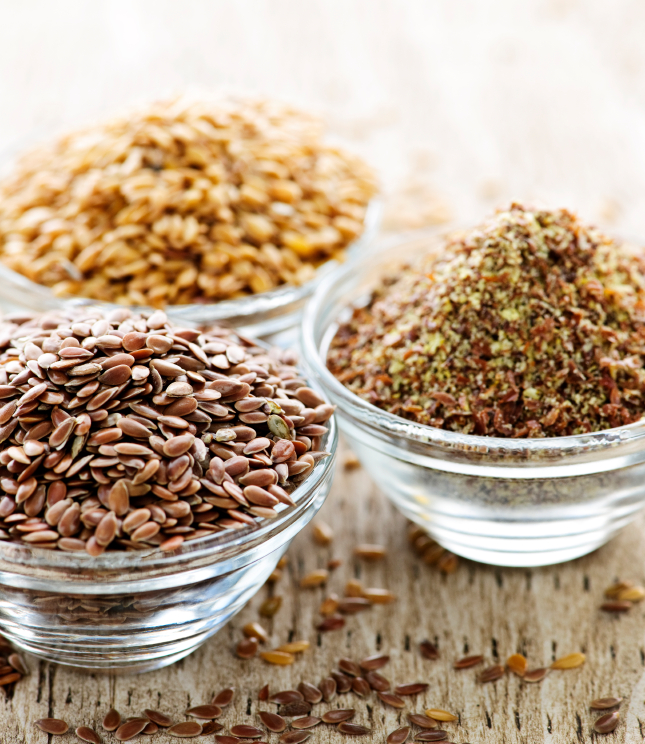When first starting the low carb lifestyle, you might need a little guidance. These popular diet plans will get you where you want to go.
When we think carbohydrate laden foods, we often think breads, pastas, and cereals, but some fruits, vegetables, and proteins can also contain large quantities of carbs. For this reason, many individuals new to the low carb life follow a specific diet or meal plan to help them get started. What diet you choose depends on your goals, your lifestyle, and your budget. We at The Low Carb Grocery have compiled information on the most popular low carb diets to help you make your decision and meet your goals.
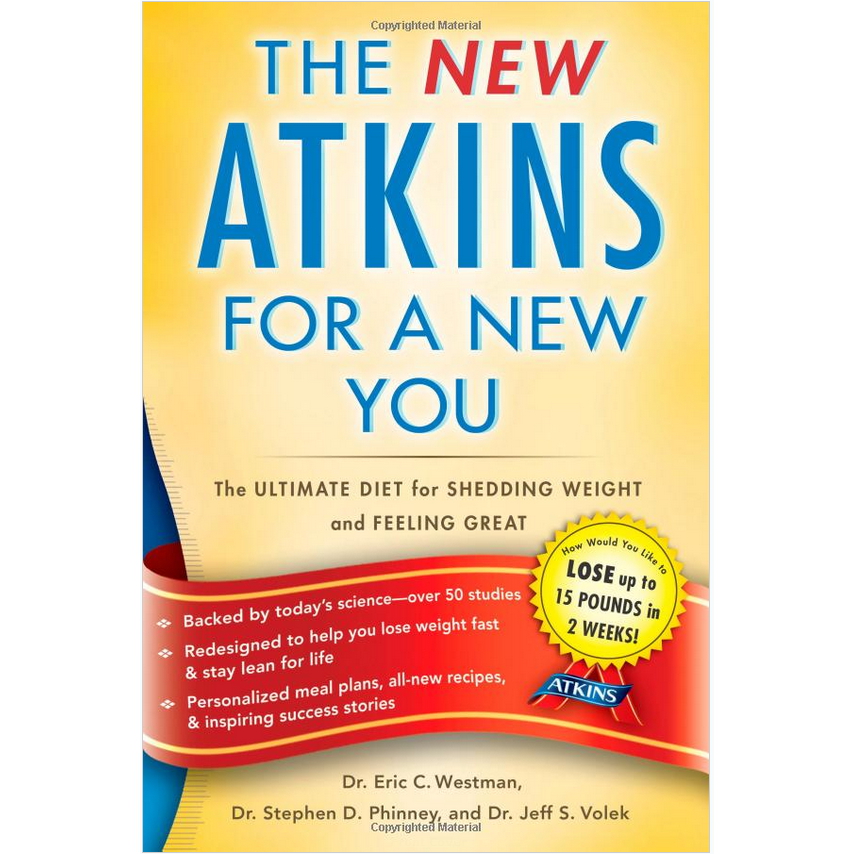 |
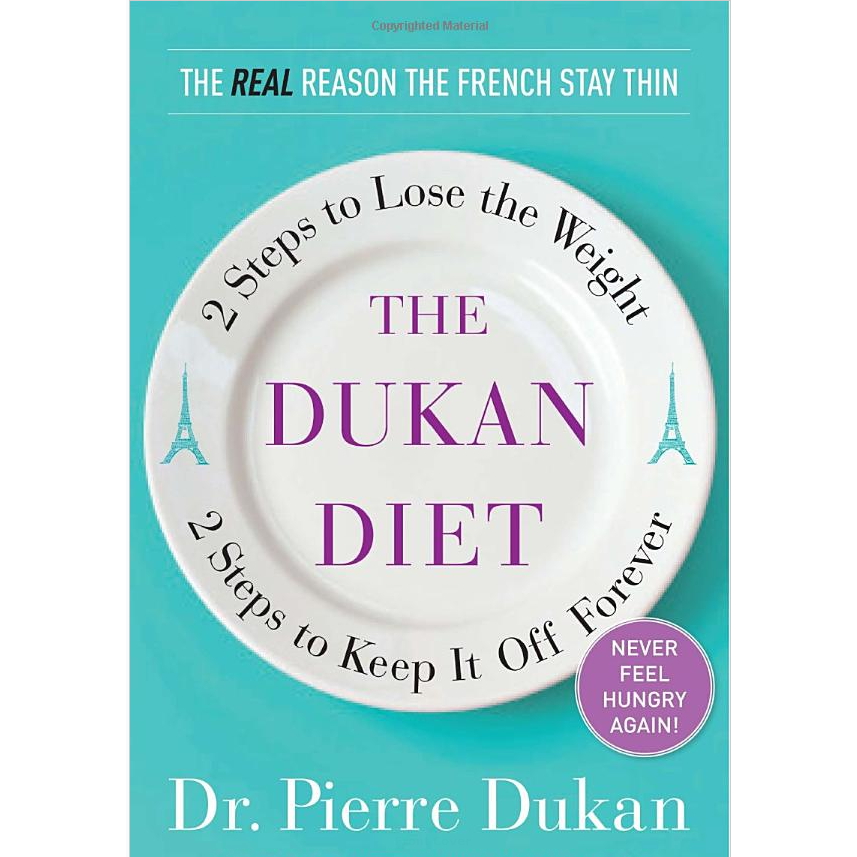 |
| Atkins Diet | Dukan Diet |
| The Atkins Diet is the most marketed and well known of the low-carbohydrate diets. The publication of Dr. Atkins’ Diet Revolution in 1972 represented a radical departure from the prevailing theories on diet and nutrition at the time. Developing his diet after successfully treating thousands of patients, Atkins argued that the main cause of obesity was eating refined carbohydrates such as sugar, flour, and high-fructose corn syrups. The diet focuses on restricting carbohydrate intake in order to enter ketosis and, as a result, switching the body’s metabolism from burning glucose to burning stored fat. For more information on the Atkins Diet, click here. Today, Atkins Diet books have sold millions of copies, and Atkins now offers a line of meals, bars, and shakes to help dieters get started. | Unlike other low carb diets that allow high fat, the Dukan Diet advises more moderate carbohydrate restriction combined with lower fat, lean meats and dairy products. The diet includes a list of over 100 allowed foods and consists of four phases that gradually allow more carbohydrate consumption: attack, cruise, consolidation, and stabilization. In the attack phase, no carbohydrates, including vegetables, are permitted, and dieters are instead allowed to eat as much as they want of 68 protein rich foods, supplemented by oat bran. In the cruise and consolidation phases, protein only and protein and vegetable days are alternated, with whole grains, fruits, and higher fat dairy incorporated slowly. The four stage process and less-restrictive end diet aims to both get weight off, and keep it off. |
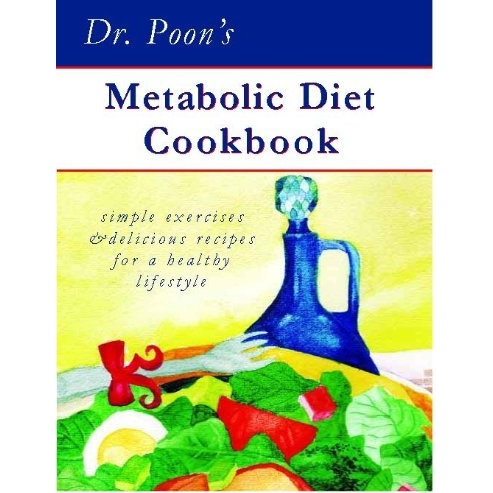 |
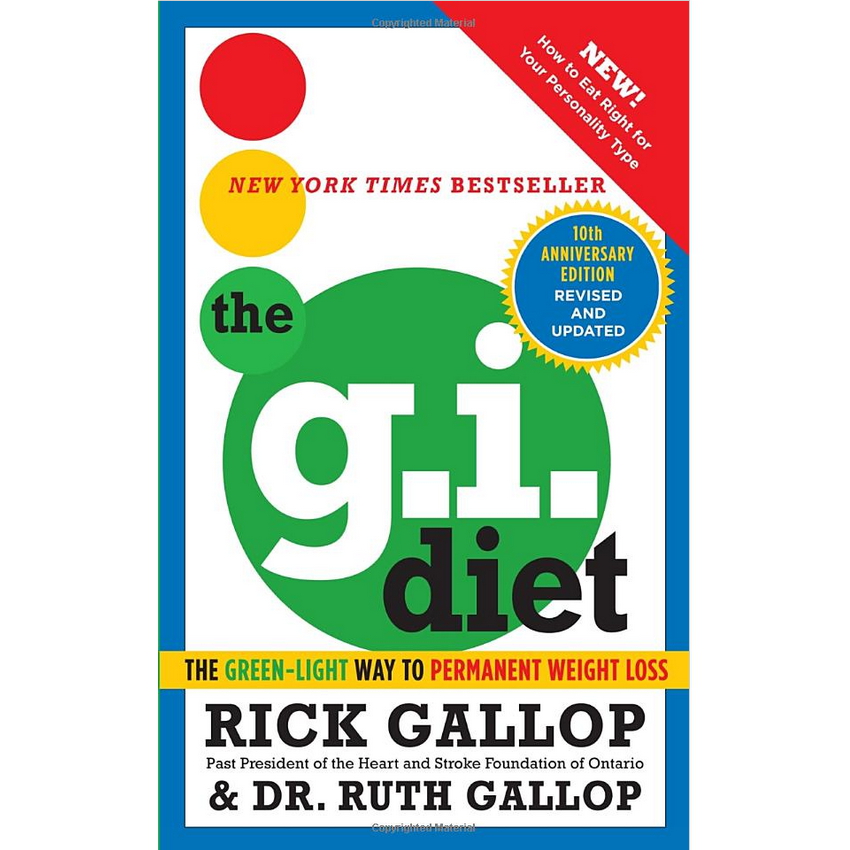 |
| Poon Diet | GI Diet |
| Toronto-based Dr. Poon created his eponymous diet to treat his patients’ medical problems that were caused by excess weight. He found that even a 10% reduction in weight could ease, and even eliminate problems such as Type 2 diabetes, hypertension, high serum cholesterol, arthritis, fibromyalgia, and many others. The diet (LINK) he developed to help his patients focused on decreasing fat while retaining muscle and bone density, and was designed to allow for quick and safe weight loss that could be kept off for life. The diet, which is low carb, low sodium, moderate fat, and high protein, was found to promote quick and steady fat burning during the medically supervised Phases 1 and 2, and to sustain the new healthy lifestyle during the final maintenance phase. | The Glycemic Index, developed by Dr. David J. Jenkins of the University of Toronto, ranks carbohydrates based on the immediate effect they have on blood glucose levels once consumed. Carbohydrates that break down rapidly during digestion have the highest glycemic indices. Such carbohydrates require less energy to be converted into glucose, which results in faster digestion and a quicker increase of blood glucose. Complex carbohydrates that break down slowly, releasing glucose gradually into the blood stream, have a low glycemic index. A lower glycemic index suggests slower rates of digestion and absorption of the sugars and starches in the foods. Jenkins recommends that higher GI foods are to be eaten less regularly or even eliminated, and advocates the GI Diet as a simple, healthy way to lose weight without going hungry. |
 |
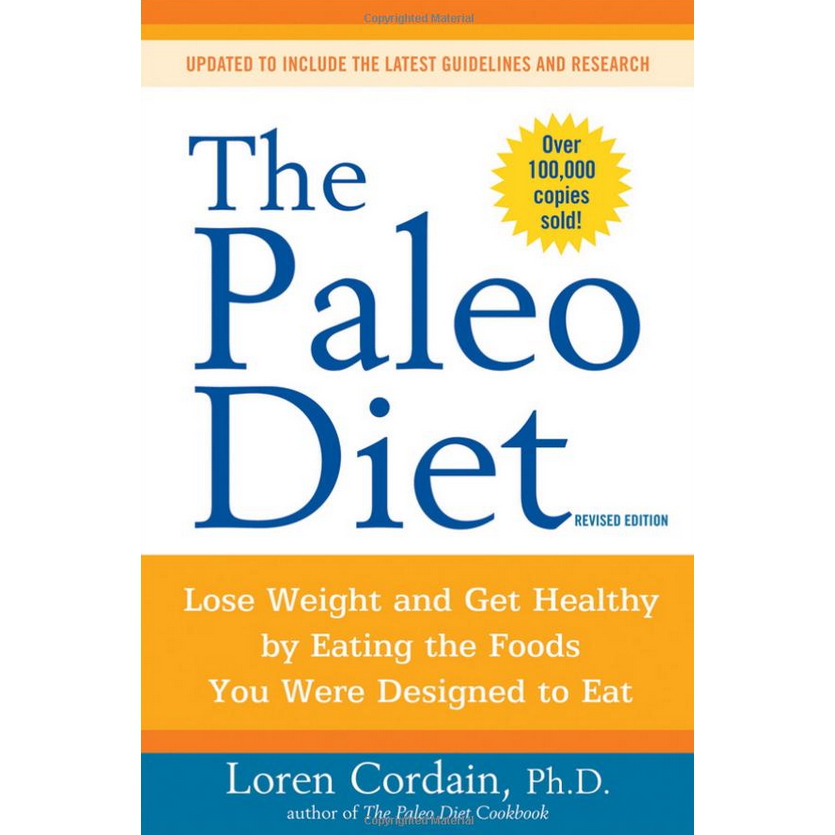 |
| Bernstein’s Diet | Paleo Diet |
| The Bernstein’s Diet, developed by Toronto’s Dr. Bernstein, is a medically supervised program that advocates a low carbohydrate, low calorie meal plan. Based on Bernstein’s own struggle with Type 1 diabetes, the diet has grown from an effective plan for diabetic patients to a diet followed by millions who struggle with their weight. The meal plan combines restricted carbs (less than 30g per day), nutrition supplements, and medical counselling to fundamentally change your eating habits for life. The results are focused on reducing fat from around the waist and hips, resulting in a reduced risk of diabetes, heart disease, and many other medical problems associated with obesity. | The Paleo Diet is based on the diet of our Paleolithic ancestors, arguing that as our physiology has changed very little from that era, following a similar high protein, low carb diet that focuses on whole, natural, and unprocessed, unrefined foods. It also means only eating foods which could potentially be hunted or gathered, such as meats, fruits, vegetables, nuts, and seeds, and eschewing foods that humans only started consuming prior to the agricultural revolution, such as most grains and dairy. In addition to avoiding the potentially harmful additives and preservatives found in processed foods, the diet can also prevent the increasingly common food-related sensitivities such as gluten and lactose intolerance. |
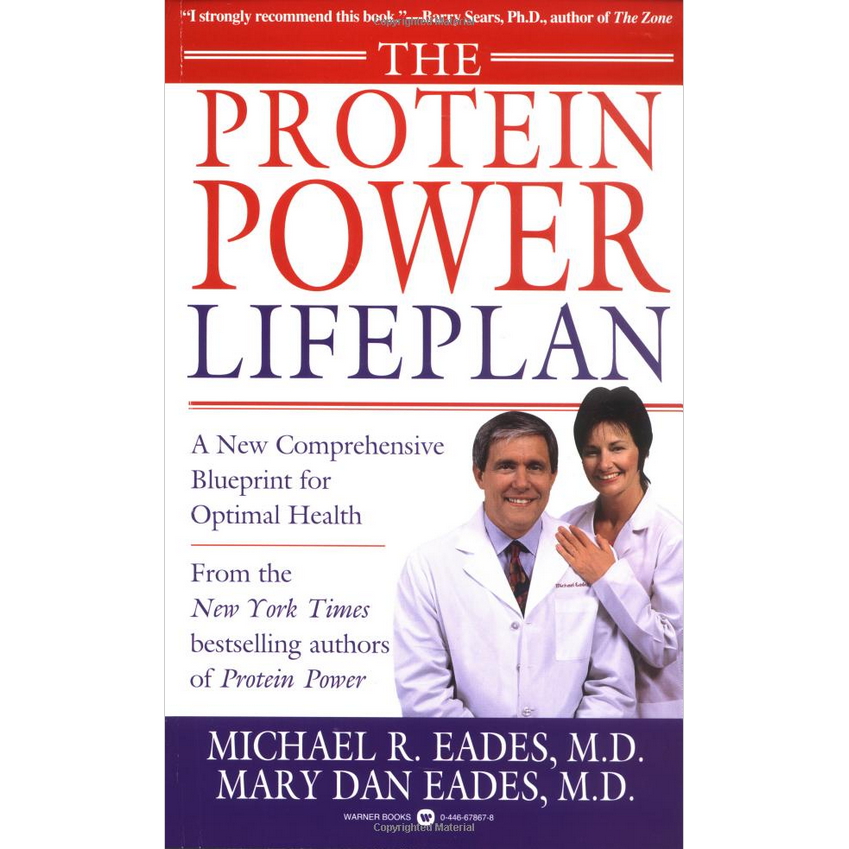 |
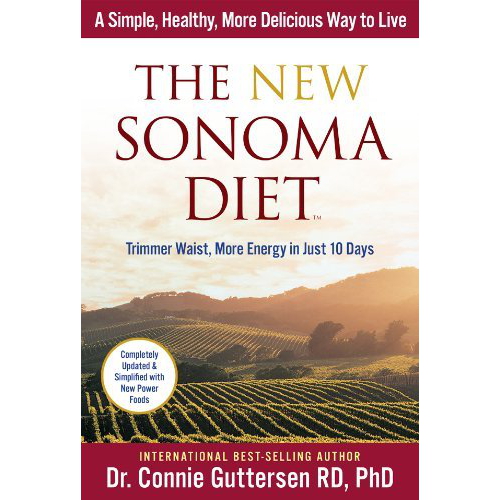 |
| Protein Power | Sonoma Diet |
| This high protein, moderate fat and low carbohydrate diet is based on the harmful fat-storing effects of glucose and insulin on the body. The diet has three stages – Intervention, Transition, and Maintenance – that gradually increase the amount of allowed carbs. Apart from counting carbs, the diet itself is quite simple, and encourages education and understanding of nutrition to help you make healthy, conscientious food choices even once the first two stages of the diet are over. Additionally, the doctors who formulated the Protein Power diet have released numerous books in the field of health, fitness and nutrition, that will provide you motivation no matter how far along into the diet you are. | The Sonoma Diet combines the principles of a Mediterranean diet, an area world-renowned for its healthy, long-lived inhabitants, with a lower calorie weight control diet. Unlike many other low carb diets, which allow unlimited portions of carbohydrate free foods, the Sonoma diet advocates for healthier choices and portion control. While carbohydrates are restricted, other foods high in sodium, saturated fat, and calories are also restricted, and portions are strictly controlled to create a diet higher in low carb vegetables and lower in meats and healthier grains. By limiting both carbs and calories, fast weight loss is promoted and the body is recalibrated to dispel with carb cravings and overeating tendencies. |
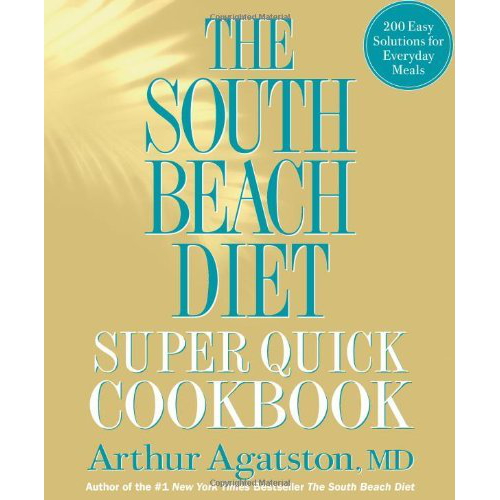 |
 |
| South Beach Diet | Sugar Busters |
| The South Beach Diet was developed for patients of Dr. Arthur Agatston who were suffering from insulin resistance. Because their bodies were not responding to insulin in the normal way, the traditional low fat, high carbohydrate were not addressing their health and weight concerns, and so Dr. Agatston developed a diet low in both carbohydrates and saturated fats that stressed eating small, frequent meals to control their blood sugar and insulin levels. This three phase diet is simple to follow, with dieters eating several smaller meals made from a long list of allowed foods, with no other counting or measuring required. Focusing on lean proteins and unsaturated fats leaves you feeling satisfied and can quickly shed pounds. | The Sugar Busters diet cuts carbs by completely eliminating all added sugars and processed grain products. Unlike most low carb diets, whole, unprocessed carbohydrates are allowed as part of a proportional meal, and advocated choosing lower GI carbs to meet your recommended daily allowance. Many enjoy the simplicity of the diet, which allows all foods to be consumed apart from the forbidden list, which mostly includes highly processed, refined foods such as white flour, pasta, and sugary meals and snacks. The book also advocates making smarter food choices without limiting yourself entirely, such as by trying to lower your saturated fat consumption while still being able to enjoy higher fat foods such as butter, cheese, and meat protein. |
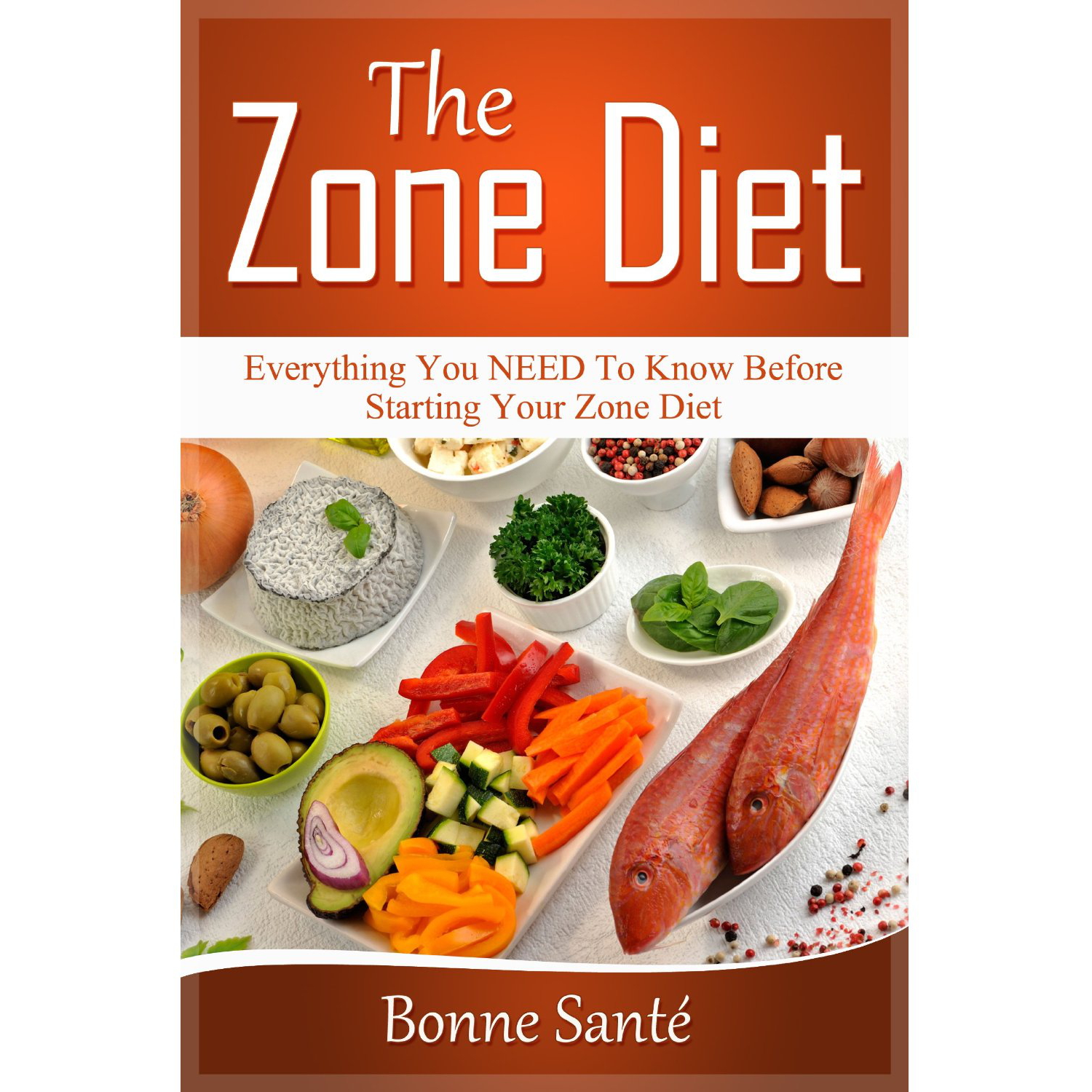 |
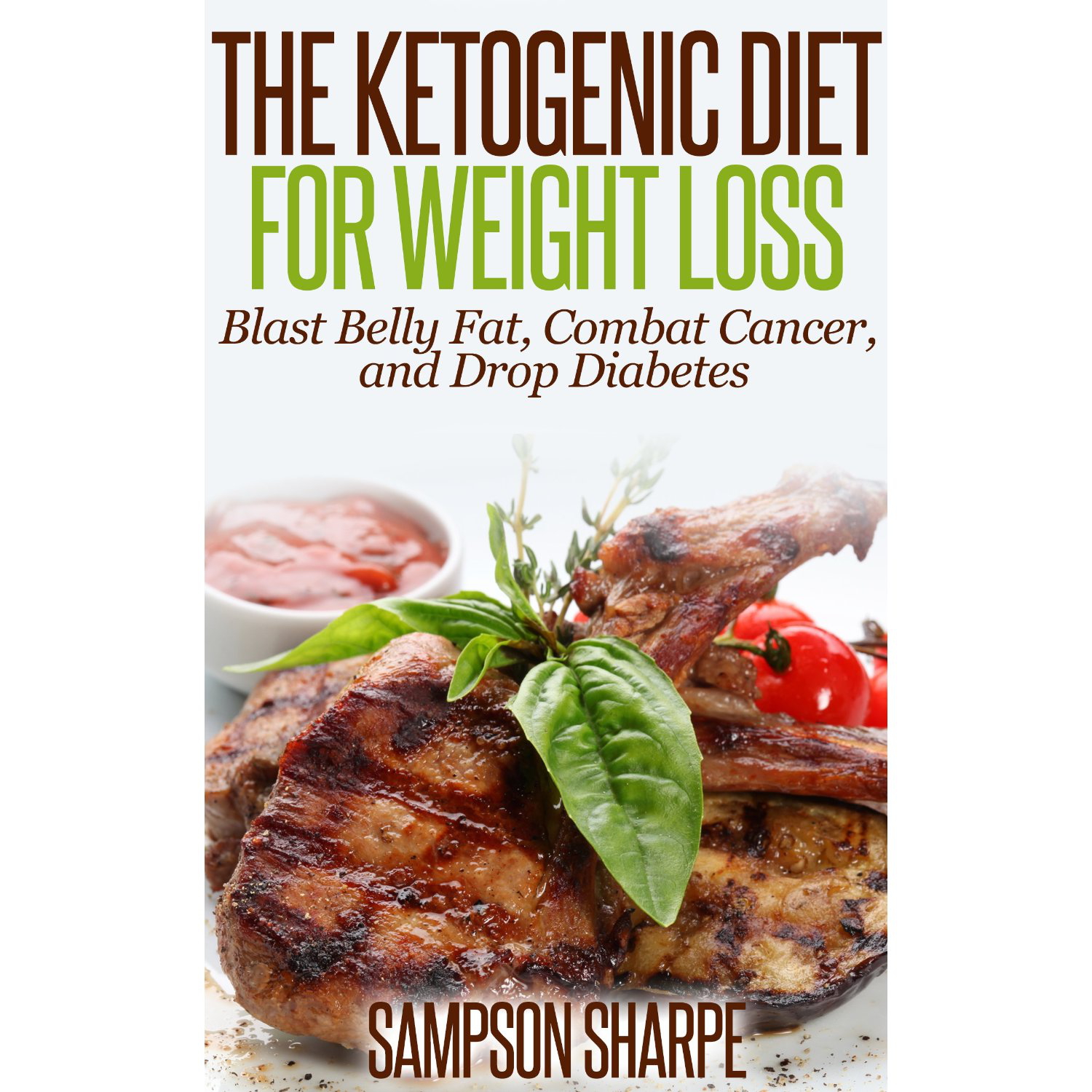 |
| Zone Diet | Ketogenic Diets |
| The popular Zone Diet, developed by Dr. Barry Sears, is a highly structured eating plan that is based on getting your body, and in particular the level of cellular inflammation, into “The Zone” – the physiological condition where cellular inflammation is not too low that the body can’t fight off infection, but not so high that the body begins to attack itself. To get you in the Zone, five small meals and two snacks are advised, with each meal consisting of a small amount of healthy, monounsaturated fats such as olive oil or avocado, one third lean, healthy protein, with the remaining amount consisting of colourful, non-starchy carbohydrates like fruits and vegetables. The resulting diet promises to keep you full, energetic, and alert while helping you lose weight and feel better. | Ketogenic diets are focused on getting your body to ketogenesis. When in a ketogenic state, the body is solely burning fat stores instead of glucose for energy, and as a result fatty acids and measurable ketone bodies are produced. Fatty acids are used for fuel, and ketone bodies are used as energy by the brain instead of glucose. While it was once thought that glucose was needed for brain function, studying the diet of Inuit peoples, which is nearly completely carbohydrate free, found that ketone bodies were just as effective in brain function. Originally developed to treat epilepsy in children, the diet was found to also be effective in weight loss. In order to reach ketogenesis, dieters consume a high fat, lower protein, and virtually carb free diet to quickly drop insulin levels and promote rapid fat burning. |
Learn More About The Low Carb Lifestyle







